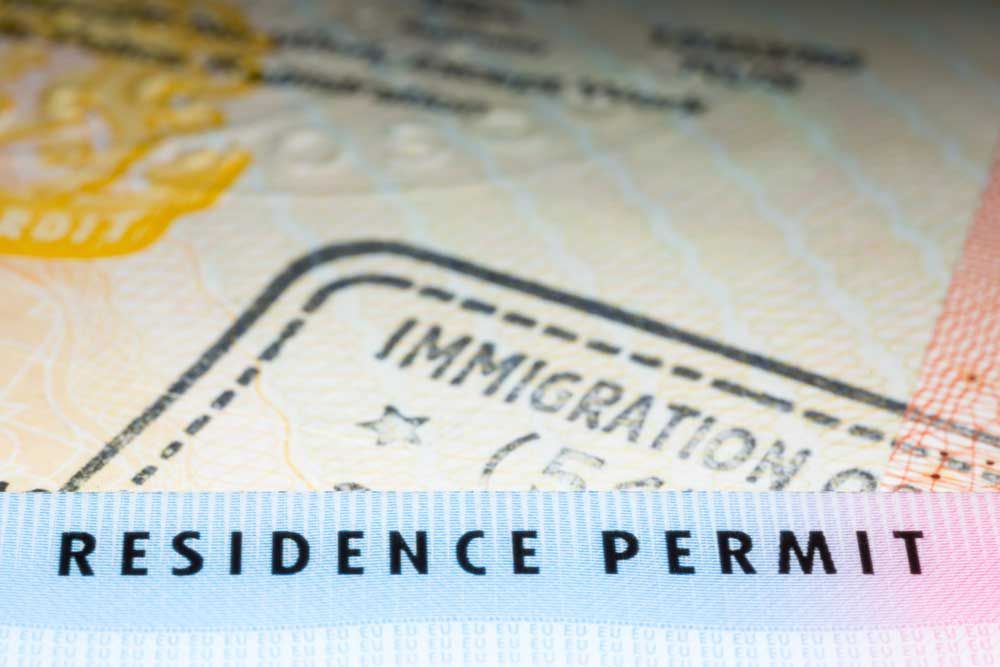ITALIAN TAX AUTHORITY: “DIVIDENDS PAID TO THE SWISS ‘PARENT’ COMPANY ARE EXEMPT”
With resolution n. 46/E dated July 31, 2023, the Italian Tax Authority confirms the general application of the withholding tax exemption regime on dividends at the level of Swiss parent companies, foreseen by the agreement of October 26, 2004, between the European Union and Switzerland.
Article 9 of the aformentioned agreement (as resulting from the Amendment Protocol of May 27, 2015) states that the exemption applies under the condition that:
- The parent company directly holds at least 25% of the capital of the subsidiary for a minimum of two years, and one of the two companies is tax-resident in the EU, and the other in Switzerland;
- Neither of the two companies has tax residence for tax purposes in a third state by convention;
- Both companies are subject to direct taxation on profits without benefiting from exemptions and adopt the form of capital companies.
The issue arises from the previous interpretation provided by the Italian Tax Authority of the special holding regime provided in Switzerland by Article 28, paragraph 2, of the Federal Law on the Harmonization of Direct Taxes of the Cantons and Municipalities.
In fact, in the Italian Tax Authority resolution n. 93/2007, it was clarified that the withholding tax exemption on dividends distributed to parent companies resident in Switzerland could not be granted if these companies benefited from tax exemptions at any of the three levels (municipal, cantonal, and federal) of direct income taxation in that State. With the Italian Tax Authority Resolution 57/E of 2019, the exemption was granted on the condition that the Swiss parent company renounced the special regime.
The matter was also addressed by the Court of Justice of the European Union in case C1 of 2448/2015, Wereldhave Belgium, which considered denying the benefits of the parent-subsidiary directive only in cases of total exemption of profits. The Court held that “a company which (…) is subject to corporation tax at a rate of zero, provided that all its profits are distributed to its shareholders, does not satisfy the condition laid down in Article 2(c) of Directive 90/435 and does not, therefore, fall within the concept of ‘company of a Member State’ within the meaning of that directive.“
In particular, the Court of Justice found that excluding the withholding tax exemption in cases of only partial taxation would ultimately violate the spirit and objective of tax neutrality pursued by European law. This interpretation by the European judge appears consistent with the Agency’s own interpretation regarding the application of the exemption provided by Article 9 of the Switzerland-EU Agreement in cases of participation exemption (which essentially grants partial tax exemption): the Agency deemed that such an exemption does not constitute a preferential regime and, therefore, does not hinder the recognition of the withholding tax exemption at the source (see response n. 57/2019).
Furthermore, it should be noted that the Swiss tax reform of September 28, 2018, abolished, effective January 1, 2020, the favourable tax regimes, including the one for “mixed companies” (companies that, in addition to holding participations, also engage in commercial activities), which provided for exemption from taxation for cantonal purposes.
Therefore, to ensure that the Italian practice is not interpreted as a violation of the spirit and letter of Article 9 of the Switzerland-EU Agreement and to ensure an application of the regulation in line with European Union law, the clarifications made by resolution n. 93/2007 are superseded to the extent that they imply that the partial income tax exemption at the level of the Swiss parent company would hinder the recognition of the benefits of Article 9 of the Agreement, resulting in the application of withholding tax on dividends paid by participating companies resident in the territory of the State.
The current resolution clarifies, therefore, that the partial income tax exemption at the level of the Swiss parent company does not hinder the recognition of the benefits of Article 9 of the aforementioned Agreement.
This resolution is part of a broader process of increased tax collaboration and openness between Switzerland and Italy, as evidenced by the recent removal of the Swiss country from the blacklist concerning individuals (Click here to see the article!)









